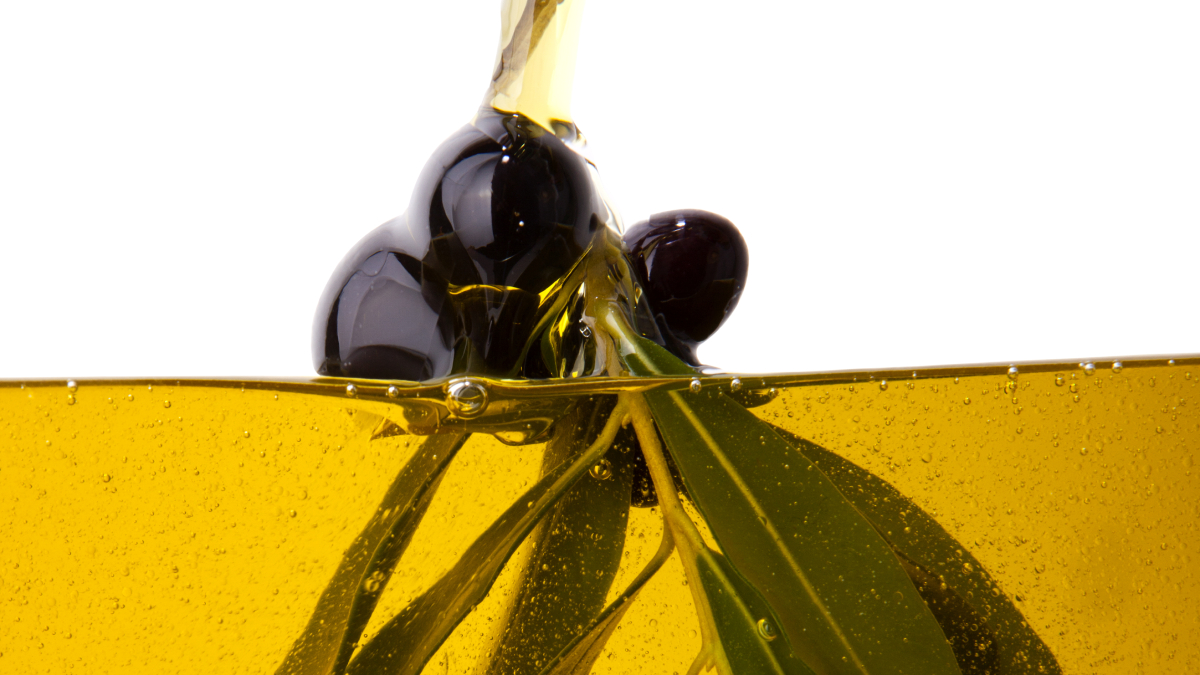Click here to read the Spanish version.
Extra virgin olive oil is at a historic cost. According to Pool Red, a network of prices at origin, the kilo of extra virgin olive oil was paid last September above eight euros in Cordoba and Jaen, where more than 25% of world production is concentrated. An increase that takes place in the country with the highest consumption of olive oil, a Spaniard spends 11.4 liters per year on average compared to 7.1 liters for the Italian or 2.1 liters for the French. A situation that, almost, is lived as a national affront requires explanations.
What justifies the escalation in the price of olive oil?
We asked Primitivo Fernández, general manager of Anierac, the National Association of Industrial Packers and Refiners of Edible Oils, which groups 70% of the sector. In his opinion, “heat waves and extreme drought have resulted in one of the worst production campaigns so far this century, of only 663,000 tons, half that of the previous year”. To this fact is added the increase in production costs, “not only for the olive grower, but also for the other links in the chain”.
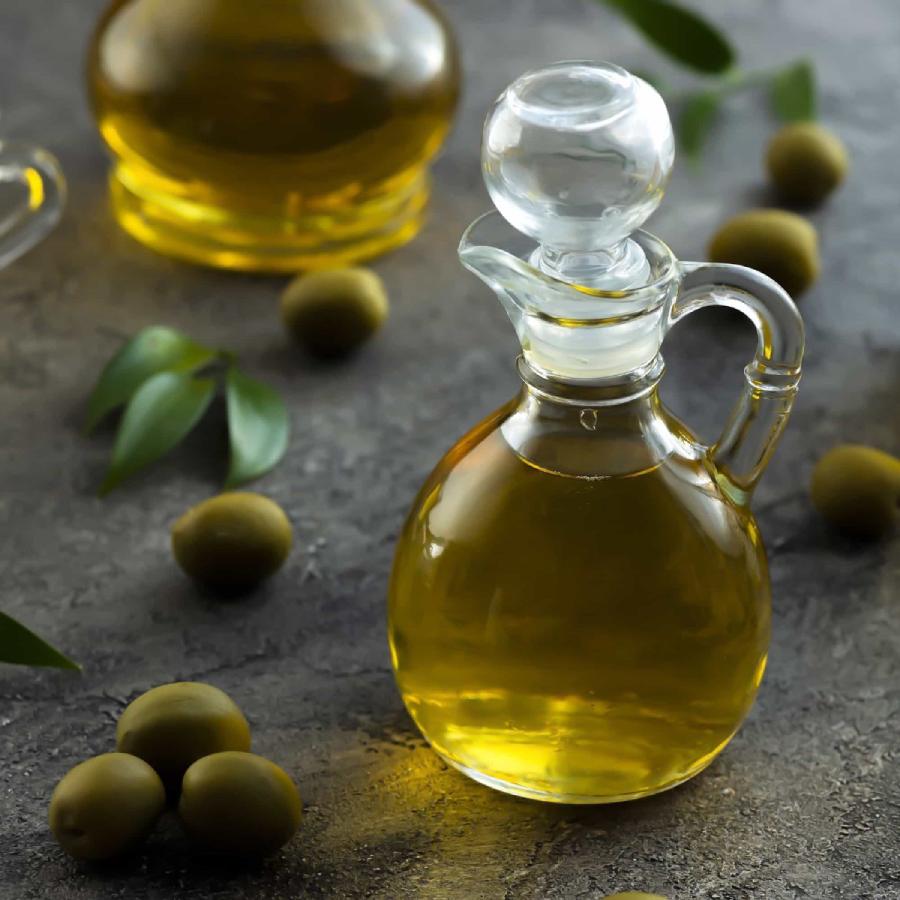
What do farmers think?
Cristóbal Cano, responsible for olive groves and general secretary of UPA Andalucía, explains that chaining two very bad harvests increases the price of oil, but does not affect them: “We olive growers do not get the accounts. This price does not benefit us, since there is no harvest to sell. In reality, the prices do not benefit anyone, but in the end, as always happens, it is the weakest in the chain who are the worst off”.
Rubén Sánchez, general secretary of Facua, gives us the consumer’s position “We have nothing to question the increase in costs and poor harvests, what happens is that there is another factor that causes the rise in prices beyond what is reasonable, and that is speculation. Certain packers or supermarket chains, or both, have applied an increase to the margin, and that is illegal because since January 1, the Royal Decree-Law that establishes the lowering of VAT prohibits raising margins with respect to the tax cut. In fact, Facua denounces that half of the foods on which VAT was lowered have gone up in price.
How long will it continue to rise?
Undoubtedly, it is the industry grouped in Anierac that has information on the future behavior of the price of olive oil, and the news is good or bad, depending on how you look at it: “The prediction will depend a lot on the weather. However, from the sector we believe that no further increases should be experienced, since supply and demand are balanced”.
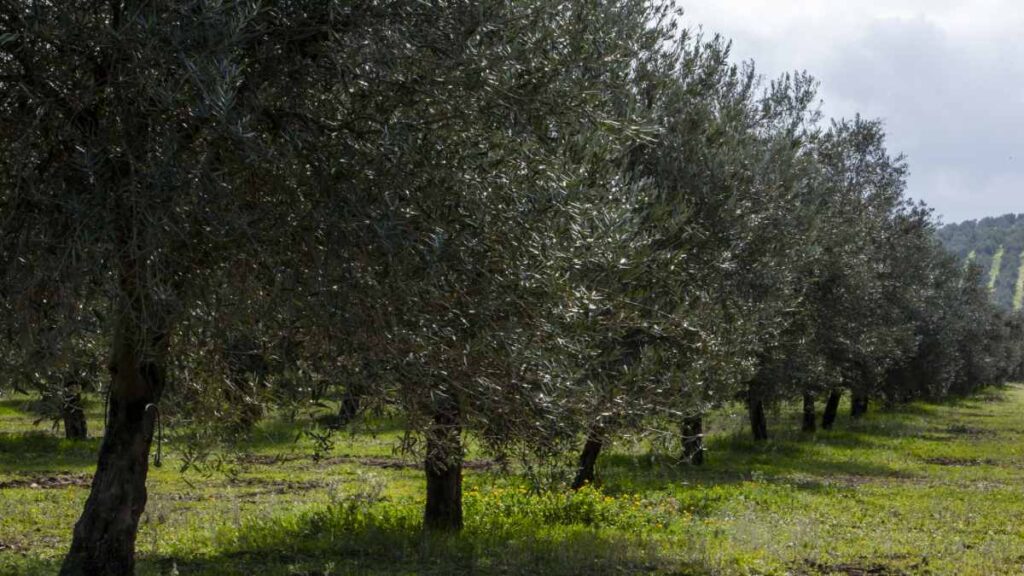
Perhaps the explanation of Rebeca Mella, Consumer Director of Kantar Worldpanel, a leading consumer analysis consultancy, is more enlightening. After recalling the multifactorial reasons that have led to this situation – “as relevant as the war in Ukraine, the generalized rise in prices or climatic factors” – Mella considers that “when these factors return to normal, the consumer should see it reflected in the price. However, on this occasion they are so profound and unpredictable that we cannot predict when this will happen”. In conclusion, it would not be the first time that the consumer has seen prices rise like a rocket only to fall like a feather.
Is anyone benefiting from this situation?
A question that raises mixed opinions. Primitivo Fernández denies that “no link in the value chain is benefiting”. Sánchez, from Facua, assures that there is speculation: “We have no elements of judgment to assess at what stage of the chain it occurs, whether it is the big brands, the supermarket chains or both in equal or different percentages, but there is speculation”. As a demonstration, the organization published in September a study that concluded that the same brand of extra virgin olive oil cost up to 45% more depending on the supermarket where it is purchased.
How does the citizen deal with it?
“The drop in liters is not as sharp as the price increase”, says Mella from Kantar, “an indication of its strength as a key product in the Spanish shopping basket”. However, he explains that it is a fact that they are reducing their use by “reducing the occasions of consumption in the last year”. Habits are also changing when filling the shopping cart, “making it cheaper through a change in formats and promotions, which are a refuge from inflation”.
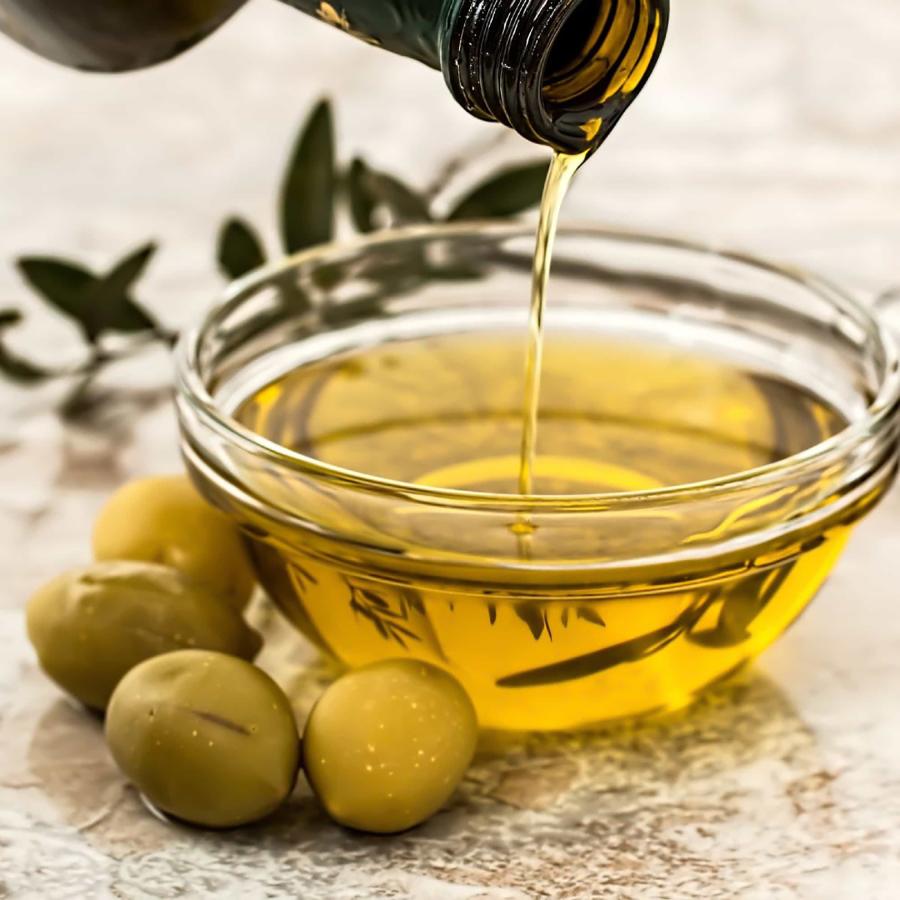
The Ministry of Agriculture estimates that due to the impact of savings, families bought 12% less olive oil than a year ago, data referring to April 2023. But the reaction of consumers has in the studies conducted by Facua consequences that go beyond the loss of purchasing power: “Consuming less and replacing it with other products of lower quality means for many a nutritional devaluation in their diet. The Government should fulfill its obligation and act against speculation, especially now that it is forbidden to increase margins”, they warn.
A priceless product
Dr. Javier Sánchez Perona, CSIC scientist at the Instituto de la Grasa and author of the blog Malnutridos.com, delves into the benefits and good use of olive oil.
→ Essential in the Mediterranean diet. “Without olive oil, there is no Mediterranean diet, in fact, it is the only food that must be part of a diet to be considered Mediterranean.”
→ Virgin and extra virgin are equally healthy: “To obtain the extra qualification, virgin olive oils have to comply with a series of conditions, among which there is none directly related to nutritional quality or health. It is extra when it has an acidity of less than 0.8, has no defects in tasting and has fruity, fruity aromas reminiscent of fruit.
→ Substitution of olive oil with other oils. “If the consumer wants to substitute an extra virgin olive oil that he was using for frying, he can choose a regular olive oil, which contains exclusively refined and virgin olive oils, or an olive pomace oil. In both cases, the savings are substantial. If you want to save even more, you can switch to high-oleic sunflower or rapeseed. And so on.
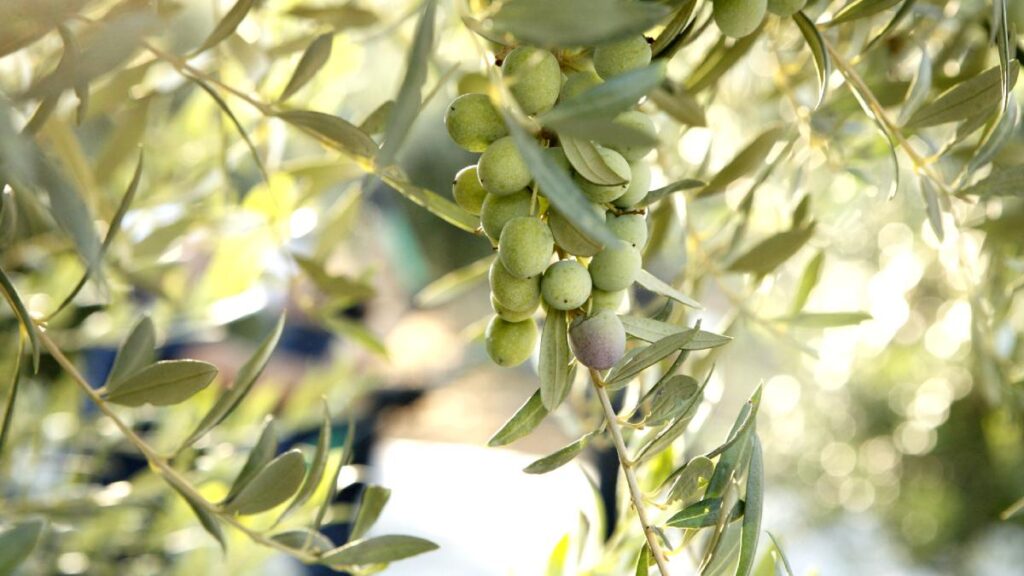
What are the best olive oils
In a study signed with Dr. Ma Victoria Ruiz Méndez, Sánchez Perona established a scoring system for the nutritional quality of edible oils and fats. The best rated oil was virgin olive oil with 100 points and the worst, coconut oil (with 0). In order of score order, linseed oil and olive pomace (with 86) are in second position; in third, high oleic sunflower, sesame and avocado (82), above corn (73).
→ A unique food. “The components of olive oil to which scientific studies attribute favorable health effects, and in particular of virgin olive oil, are oleic acid (monounsaturated omega-9) and minor compounds with antioxidant, anti-inflammatory and hypocholesterolemic activity, such as polyphenols, tocopherols, sterols and triterpenes.”
→ Effects of a drastic reduction in consumption. “It depends on what oil you replace it with. All people have to consume fats, therefore, if the olive oil content is reduced, it will increase in other oils or fats. If these are of poor nutritional quality, it can increase the risk of metabolic and especially cardiovascular diseases. This risk would be greatly reduced if olive oil is replaced by another oil of high nutritional quality,” these specialists point out.

